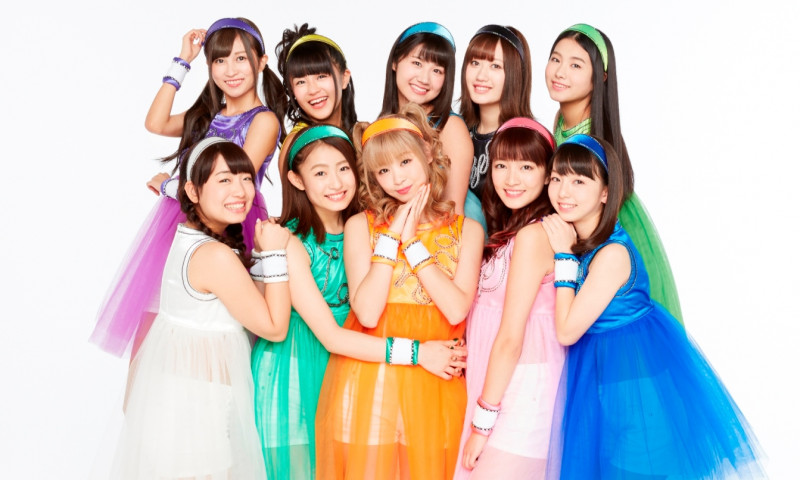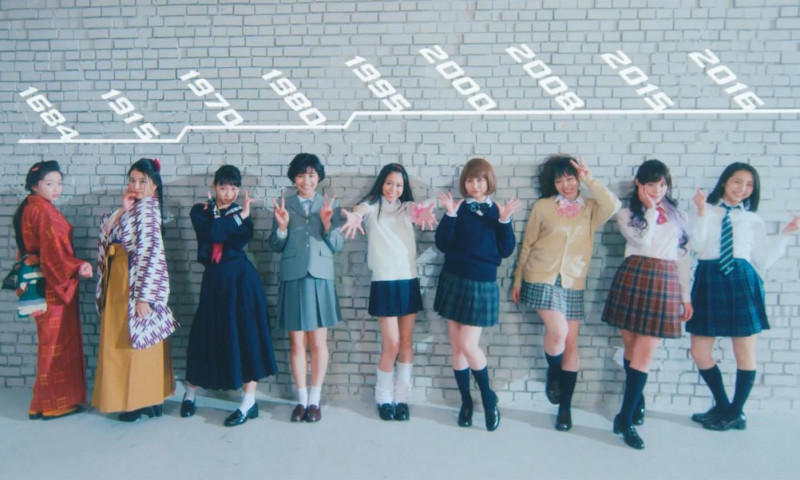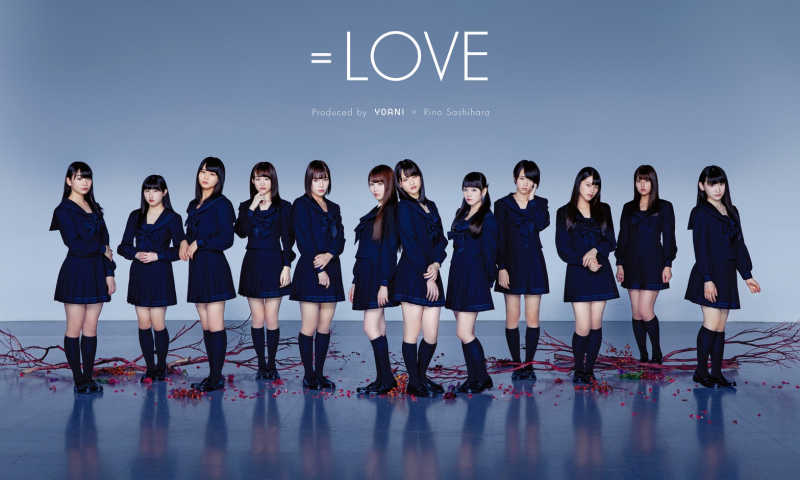
3rd Wave of @JAM EXPO 2018 Performers Announced!
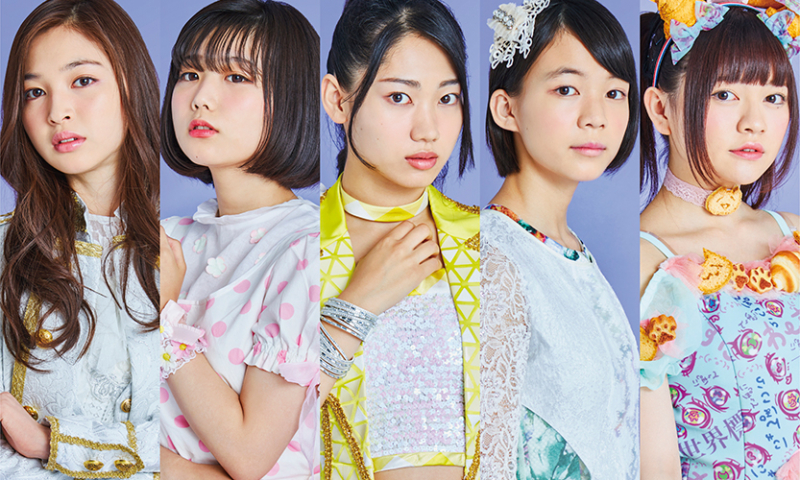
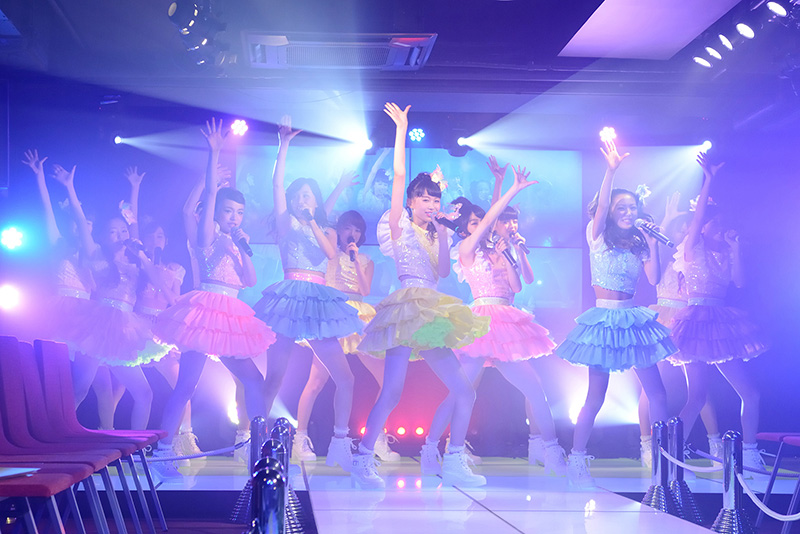
Sponsored Links
Live houses in Tokyo, centered in Shibuya and Akihabara, as well as Shinjuku and Ikebukuro, hold daily idol battle events. Naturally on the weekends, but also on weekdays, too, you can pretty much meet idols anytime you want.
渋谷や秋葉原を中心に、新宿や池袋も含めて、都内のライブハウスでは連日アイドルの対バンイベントが開催されている。土日はもちろん、平日も行われており、会おうと思えばほぼ毎日アイドルに会うことができる。
But even though there are everyday concerts going on, where can you get information like where the venue is, when the concert starts, or what time each group is playing? Most likely idol official blogs and Twitter, right? Twitter has especially been a game-changing tool for the idol scene. Information is often tweeted like, “We’ll be going on later than planned,” or, “There’s been a time change for when tour goods go on sale,” and schedules can be confirmed in real time.
こんなに毎日ライブがあるのに、ライブの場所や開演時間、各グループの出演時間はどこから情報を得ているのか? といえば、アイドル本人のブログやTwitterがほとんどだろう。特にTwitterは、いまのアイドルシーンを大きく変えたツールだと言える。「出番が押してます」「物販時間が変更になりました」といったことまで、情報としてつぶやかれることも多く、リアルタイムにスケジュールを確認できる。
Like for idol battle concerts decided just three days beforehand, or deciding on the performer schedule the day before, even web media can’t keep up and get the information published in time. So idols leave it to their official Twitter or other SNS to get the information out.
そもそも、対バンの出演が決まるのが3日前だったり、出番時間が決まるのが前日だったりすることもあり、ウェブメディアでも告知掲載が追いつかない。情報の拡散は、本人のTwitterなどのSNSまかせというのが現状だろう。
But I think it’s because the current idol scene is built like it is. Since individual idols themselves have the means for getting their information out there, many fans turn up to see them.
でも、だからこそいまのアイドルシーンが成り立っているように思う。アイドル個々が情報を拡散する手段を持っているため、多くのファンが現場に足を運ぶことができているのだ。
Which begs the question, “What would happen if there wasn’t Twitter or other SNS?”
ここで、「TwitterなどのSNSがなかったら?」という状況を考えてみよう。
You’d get what was called “the idol winter age” of the 90s.
それが90年代のいわゆる「アイドル冬の時代」だ。
Instead of music or idol programs, idols were main guests on variety programs or were TV idols. During this time, the number of idol magazines had also decreased, and there were more and more idols not getting any media exposure. Still, there were some idols that found a way around “live” activity and make names for themselves. And despite all of this, there were still those who chose the idol path, and were able to break into the variety industry. This went against the “idol = variety” trend at the time, and some idols also rode the band boom that was popular. Little by little idols started being showing up at live houses and performing lives.
歌番組やアイドル番組がなくなり、バラエティー番組のゲストがテレビでのアイドルの主現場となった。同時にアイドル雑誌なども減っていき、メディアに露出できないアイドルたちが増えていく。そうした中で、役者としての道を選んだアイドルもいたし、バラエティーの世界に飛び込むアイドルもいた。そして、「ライブ」活動に活路を見出そうとするアイドルもいたのだ。これは、当時の「アイドル=バラエティー」という風潮への反発もあっただろうし、バンドブームに乗っかったというのもあっただろう。ライブハウスでアイドルがライブをやる──なんてことが見られるようになった。
Those idols included Rumi Shishido (who is currently still active), Junko Kawada, and let’s see… Oh! Nanatsuboshi! Members of the Otomejuku group, CoCo, even appeared as main soloists at live houses. Or throwing a more familiar name out there, is an idol group created with the main goal of performing around live houses. That group was Tokyo Performance Doll.
宍戸留美(現在も活躍中ですね)とか河田純子とか……あ、「七つ星」か! 乙女塾のグループ「CoCo」のメンバーなんかも、ソロメインでライブハウスに出ることがあった。と、ちょっと懐かしいアイドルの名前を挙げたのだが、もともとライブを中心に活動することを目的としたアイドルグループも生まれていた。それが「東京パフォーマンスドール」だ。
They held regular performances at the Harajuku RUIDO venue located on Takeshita Street, and their seriousness when it came to performing is close to that of idols nowadays. After their shows they engaged in goods sales and fan meets, and it’s been said that this is where today’s format was originally created.
竹下通りにあった原宿RUIDOを会場に、定期公演などを行っていたのだが、ライブパフォーマンスを見せることを重視する姿勢は、いまのアイドルにとても近い。ライブ終演後には物販と特典会も開かれていたようで、いまのフォーマットはすでにここで作られていたと言えるだろう。
The 90s is when the idea that “idols = concerts” was first planted.
90年代には、「アイドル=ライブ」という土壌は完成されていたのだ。
But then why did it fail to grow? One reason is because there weren’t many ways of getting information out there, and mostly depended on word of mouth. Even if it did happen to spread, it mostly remained within limited communities. It was comparable light not being able to break the surface, as in, if you didn’t first put yourself out there, the information just wasn’t obtainable.
ではなぜ、その土壌は広がらなかったのか? その理由のひとつに、口コミなどに頼るしかない情報伝達手段の少なさはあっただろう。いったん広がったとしても、結局は限定されたコミュニティーだけのものになってしまう……。一歩踏み込まなければ、そのアイドルの情報を得られない、という状況はライトな層には届かないのだ。
But slowly it started being absorbed by the soil, and at last the soil became more fertile. This is where the current idol scene grew. It’s my belief that the biggest contributing factor of it spreading is through SNS giant Twitter. Just like in the 90s, there are idols that mainly perform “live”, even if they don’t perform in the media spotlight. However, by using SNS as a tool, each idol can plant their seeds into fertile land. Their buds bloom, and surely take root.
とはいえ、この土壌はゆっくりと引き継がれて、とうとう大きな耕地になる。それがいまのアイドルシーン。その土壌を広めた最大の立役者がTwitterに代表されるSNSだと思うのだ。メディアに露出できないアイドルたちが、「ライブ」を主現場にしているところは90年代のそれと変わらない。ただ、SNSというツールを使うことで、アイドル個人でその耕地に種を蒔けるのだ。その芽は育ち、確実に根をはっている。
Recently I often hear the question, “When is the idol trend going to end?” But I have to wonder if it can even be called something as transient as a mere trend to begin with. The fact is, it’s been growing slowly for over 20 years, and has finally taken root. Of course, it will still take more time for it to become rooted as part of Japanese culture, but it is certainly headed that way.
最近、「アイドルブームは終わるのでは?」という話をよく耳にする。でも、そもそも「ブーム」と呼べるような一過性のものだったのだろうか? 実際は20年以上かけてゆっくりと育ってきて、やっと根付いたもののように感じることがある。もちろん、日本のカルチャーのひとつとして根付くにはまだまだ時間がかかるだろうが、確実にそこに向かっている。
The concerts that Tokyo Performance Doll once gave at Harajuku RUIDO have now moved to Harajuku RUIDO 4K, and even now idol battles are still being held there. And now “Harajuku Ekimae Stage” and “Harajuku Ekimae Parties” are being performed in Harajuku.
東京パフォーマンスドールがライブを行っていた原宿RUIDOは新宿RUIDO K4に移り、いまでも対バンを中心にアイドルのライブが行われている。そして原宿には「原宿駅前ステージ」がオープンし、「原宿駅前パーティーズ」が公演を行っている。
…It definitely seems to be something that will keep continuing on.
……やはり、ずっと「続いてきているもの」のように思えるのだ。
* Featured song: “Tokyo Romance” / Tokyo Performance Doll
※今回の1曲:「Tokyo Romance」/東京パフォーマンスドール
Related links
Harajuku Ekimae Stage : http://harajuku-estage.jp/
Shinjuku RUIDO K4 official site : http://www.ruido.org/k4/
Translated by Jamie Koide
Sponsored Links
Tokyo Performance Doll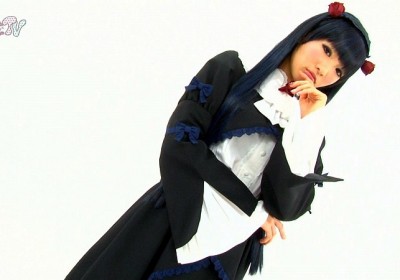
[Exclusive Program] Tokyo GIrls’ Update TV #006 : SBY in Shibuya109 & Pikarin’s Cosplay
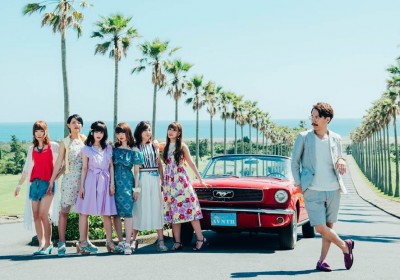
8th Wave of Tokyo Idol Festival 2016 Performers Announced!!


